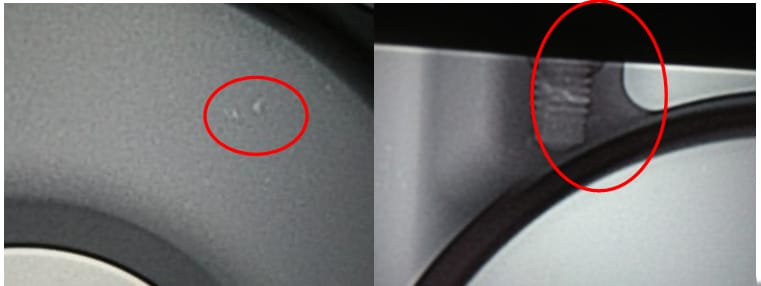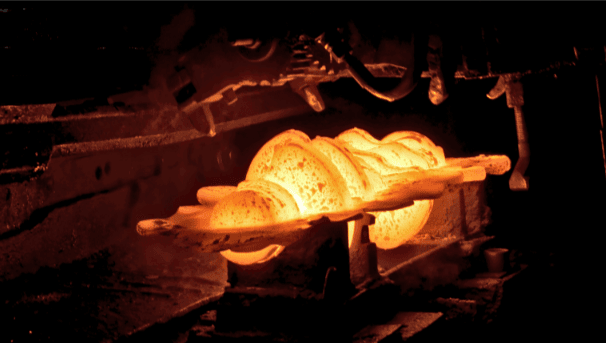Why Aluminum Alloy Die Castings Are Gaining Share in Automotive Industrial
Principles: Lightweighting Drives Automotive Innovation
With growing global emphasis on energy efficiency and environmental protection, lightweighting has become a cornerstone of automotive development. Studies show that 60% of a vehicle’s energy consumption stems from its weight, and a 10% reduction in mass can cut fuel use by 6%-8%. Beyond fuel savings, lightweighting enhances braking performance and handling stability, making vehicles safer, more comfortable, and eco-friendly. Aluminum alloys, with their low density, high specific strength, corrosion resistance, and ease of processing, stand out as the material of choice for lightweighting. In automotive body structures, aluminum alloy die castings are increasingly replacing steel, capturing a larger market share due to their superior performance.
Problem: Steel Components Limit Lightweighting Potential
Traditionally, automotive body structures like rear subframes are made from steel plates. While steel offers high strength and low cost, its high density results in heavier components. For instance, a typical steel rear subframe in domestic models weighs over 40 kg, hindering overall vehicle lightweighting. Steel’s complex processing, high energy demands, and susceptibility to rust in corrosive environments further increase maintenance costs. These drawbacks have pushed manufacturers to seek lighter, more durable alternatives. Aluminum alloy die castings, being both lightweight and robust, address these issues effectively. A case in point is the rear subframe of a Zotye model, which achieves a 33% weight reduction compared to its steel counterpart, significantly boosting vehicle performance.
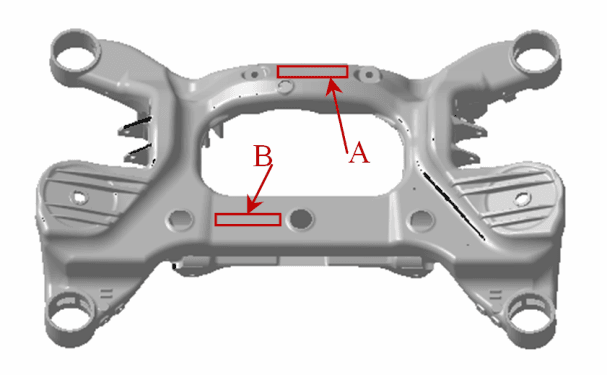
Figure1: Zotye Aluminum Alloy Rear Subframe Structure, Showcasing Complex Thin-Wall Design
Approach: Advantages and Applications of Aluminum Alloy Die Castings
1. Material Properties and Weight Reduction
Aluminum alloys like ZL101A have a density of about 2.7 g/cm³—roughly one-third that of steel—while offering high specific strength. The Zotye rear subframe, produced via low-pressure die casting, measures 1165 mm × 798 mm × 396 mm with an average wall thickness of 5 mm and weighs just 30.5 kg. This yields a 10.1 kg reduction compared to steel, cutting weight by 33%. This reduction not only lowers fuel consumption but also improves suspension response and vehicle load capacity.
2. Process Optimization and Performance Gains
Low-pressure die casting ensures dense internal structures by precisely controlling pressure and cooling rates, achieving porosity rates below 0.12%. T6 heat treatment further enhances the material, with tests showing ZL101A-T6 boasting a tensile strength of 304 MPa, yield strength of 245 MPa, elongation of 8.2%, and hardness of 99 HB—meeting demands for high-strength, thin-walled parts. Microstructural analysis reveals fine, elliptical eutectic silicon particles (about 5 µm in diameter) dispersed evenly, boosting fatigue performance (see Figure 2,3). While minor Fe-based compounds (β-phase) slightly reduce toughness, optimized processes keep their impact minimal.
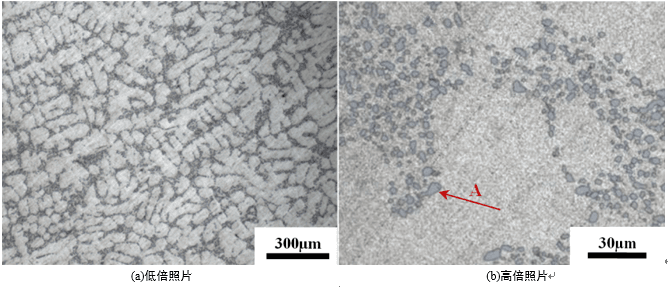
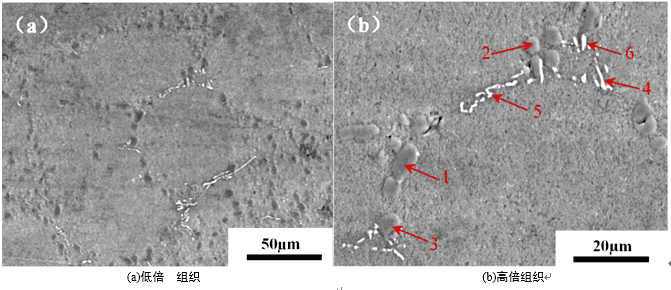
Figure2,3: Microstructure of ZL101A-T6 Aluminum Alloy, Showing Fine Eutectic Silicon Distribution
3. Design and Validation
Through smart structural design (e.g., optimized wall thickness) and rigorous testing, aluminum alloy rear subframes prove their worth. Fatigue bench tests (300,000 cycles) and full-vehicle road durability tests (30,000 km) show no cracks or failures, confirming durability. Fracture analysis reveals a mixed ductile-brittle failure mode with dimples and quasi-cleavage facets (see Figure 4,5), underscoring reliability under high stress. This makes aluminum die castings ideal for critical body components.
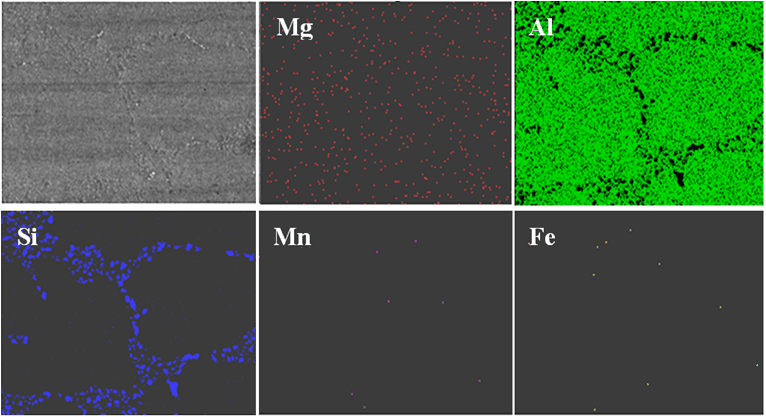
Figure 4,5: Fracture Morphology of ZL101A-T6 Aluminum Alloy, Showing Dimples and Quasi-Cleavage Features
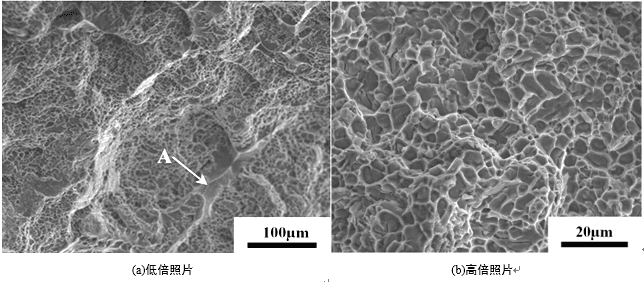
Figure 4,5: Fracture Morphology of ZL101A-T6 Aluminum Alloy, Showing Dimples and Quasi-Cleavage Features
Summary: Market Edge of Aluminum Alloy Die Castings
Aluminum alloy die castings are gaining traction in automotive body structures for several reasons:
- Significant Weight Savings: 30%-40% lighter than steel, reducing fuel use and emissions.
- Performance-Cost Balance: High strength and corrosion resistance extend service life and cut maintenance costs.
- Production Efficiency: Integral casting streamlines manufacturing, ideal for mass production.
- Environmental Push: Aligns with global emission reduction goals, supporting electric vehicle growth.
The Zotye rear subframe exemplifies how aluminum die castings enhance chassis lightweighting, handling, and safety. As casting techniques improve and material costs drop, these components are poised to dominate automotive body structures, cementing their role as a lightweighting powerhouse.

